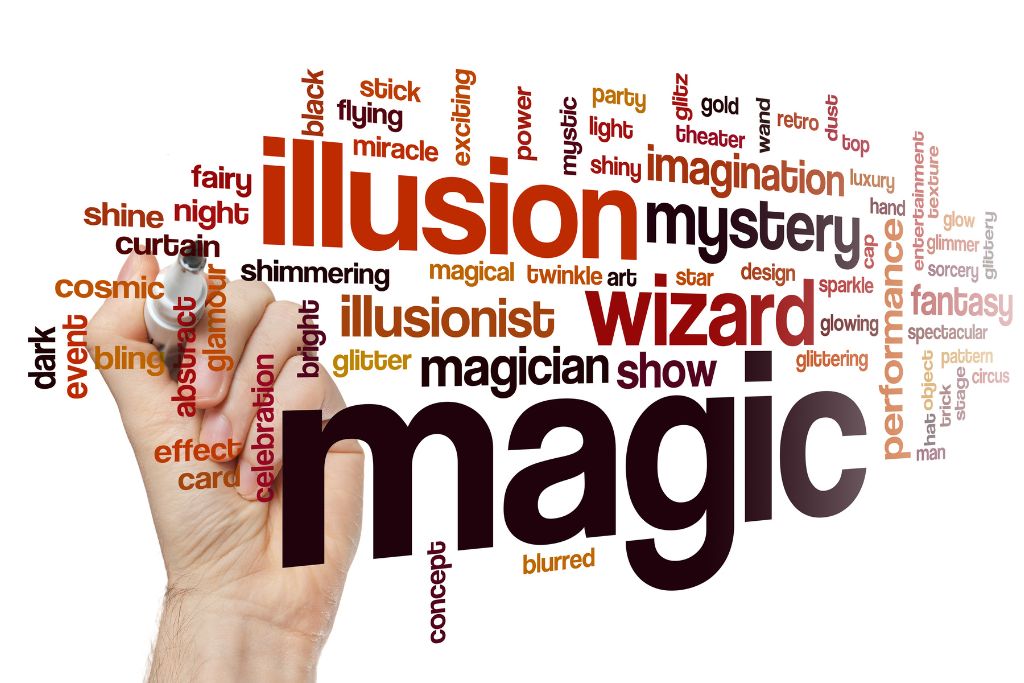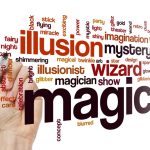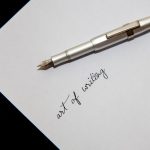The magic of words is the ability to convey emotion and meaning through pauses, stresses, inflexions, and varying speeds. In poetry, these elements work together to engage the reader’s body and bring them into an emotional experience. In recent decades, a number of poets have been repurposing and reframing fairy tales and tropes from folk traditions. They are producing some of the most innovative and dynamic work in English-language poetry today.
What is Poetry?
Poems are short pieces of writing that often use a certain kind of rhyme scheme or meter. They can tell stories, record memories, express desire, and share information.
The main difference between poetry and prose is that poetry uses words to evoke emotions rather than to explain things. It also tends to speak to the reader’s emotional or irrational side of the brain.
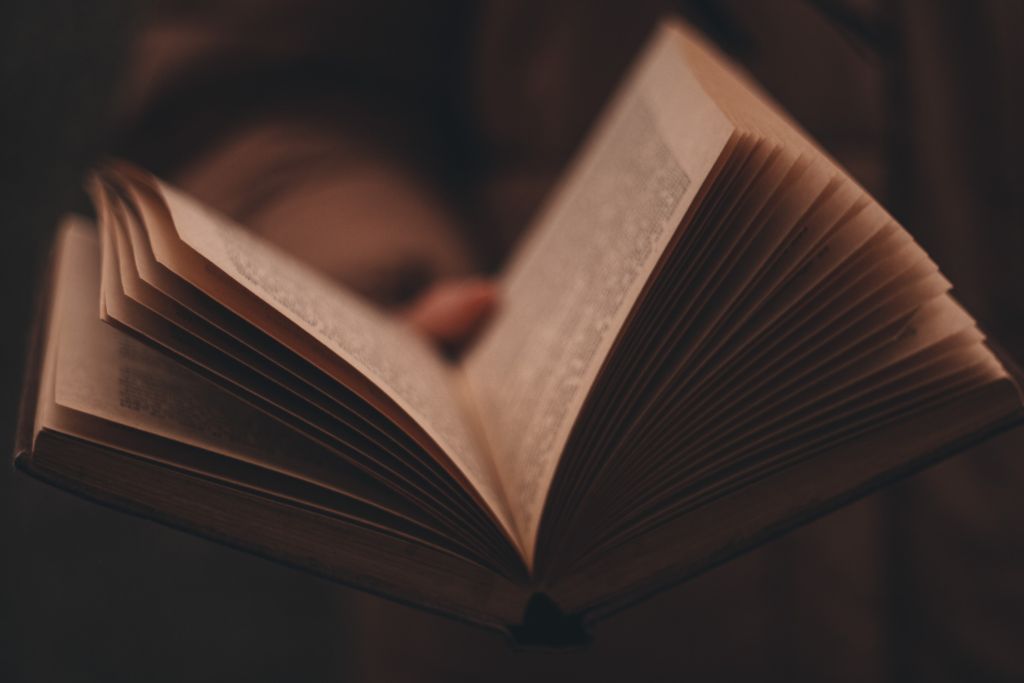
Some types of poems, such as narrative and dramatic poetry, are written in the same way that novels and plays are. But they differ from those styles in that they still use the specific features of verse composition to make their stories more memorable or to enhance them.
Traditionally, poems were written using a certain kind of rhyme scheme and a particular meter, but many modern poets choose not to. They may instead write in “free verse,” a style of poetry that does not have rhyme or rhythm. The best poems are those that tap into the universality of human experience and appeal to a wide variety of readers.
What are the Basic Elements of Poetry?
Poems have several basic elements that help to form an interesting composition. The theme, figurative speech, imagery, rhythm and meter are some of the important elements that make up poetry.
Imagery refers to the use of words that evoke sensations such as sound, sight, smell or touch. Often, a poet uses this type of imagery to draw attention to certain events or situations in a poem.
The structure of a poem is also an important element of poetry. Some poems have set forms such as sonnets, while others may be free verse.
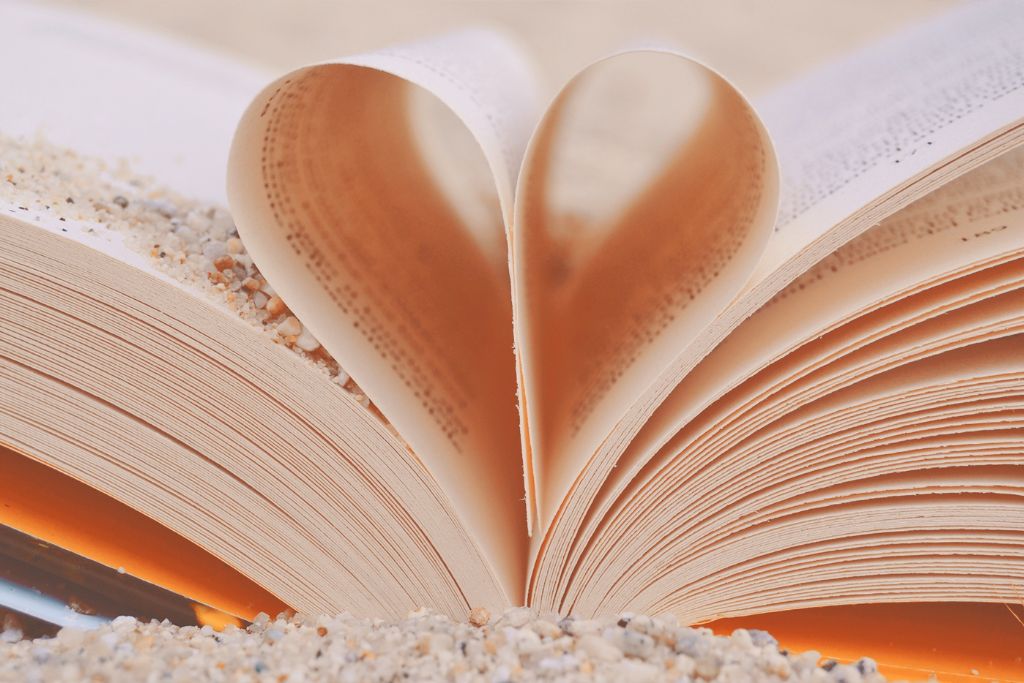
Stanzas are the equivalent of paragraphs in prose, and they consist of a group of lines that form the overall structure of a poem. A stanza may have a specific meter and rhyme scheme depending on the number of lines.
The rhythm of a poem is another important element that can either enhance the overall flow of the poem or detract from it. There are two main types of rhythm, euphony, and cacophony. Euphony has a soft, harmonious sound and is often used to convey beauty and reassurance.
What is the Difference Between Poetry and Prose?
There are two primary forms of literature, prose, and poetry. They differ in several aspects, including their structure and language.
The prose is the form of writing most commonly associated with novels and creative nonfiction works. It usually follows certain rhythms and cadence, but it is less rigid than poetry.
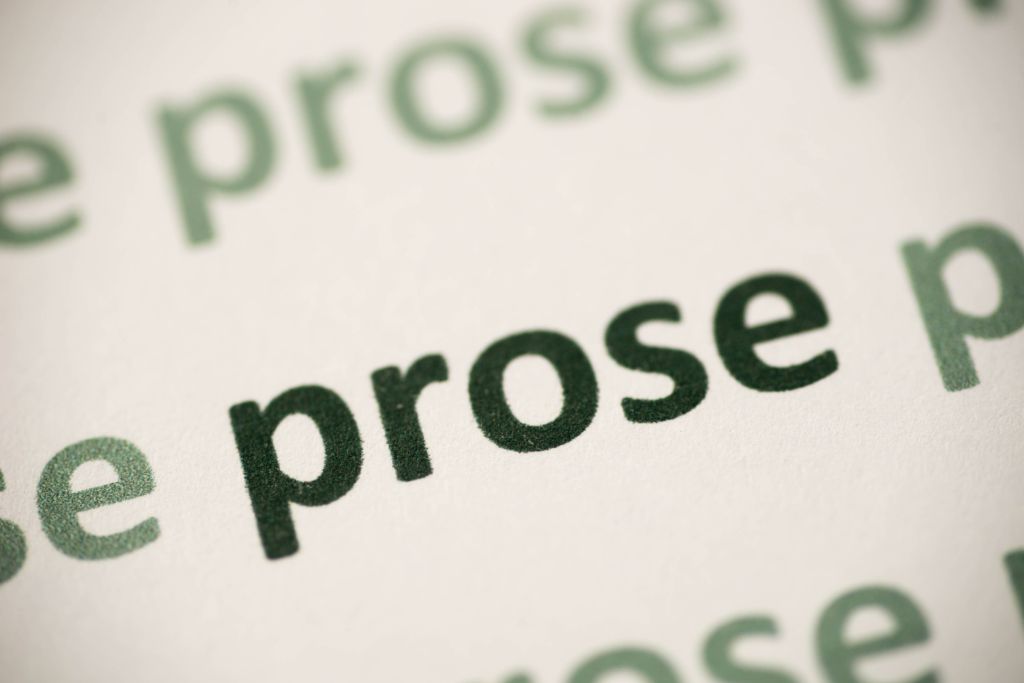
In addition, prose often contains double meanings like puns and irony. It also tends to be more direct and straightforward than poetry.
The basic difference between the two forms of writing is that prose contains sentences and paragraphs, whereas poetry contains lines and stanzas. In addition, prose narrates to the audience in a clear and concise way, whereas poetry uses a unique style and rhythm to convey intense feelings or experiences.
What is the Meaning of Poetry?
Poetry evokes a concentrated imaginative awareness of experience or a specific emotional response through language chosen and arranged for its meaning, sound, and rhythm. It can be categorized into several genres, including traditional rhymed poems such as sonnets and contemporary free verse.
Traditionally, poems have followed strict rules of meter and rhyme, but modern poets often do away with these elements. They also use language devices such as similes and metaphors to describe thoughts, emotions, and objects.
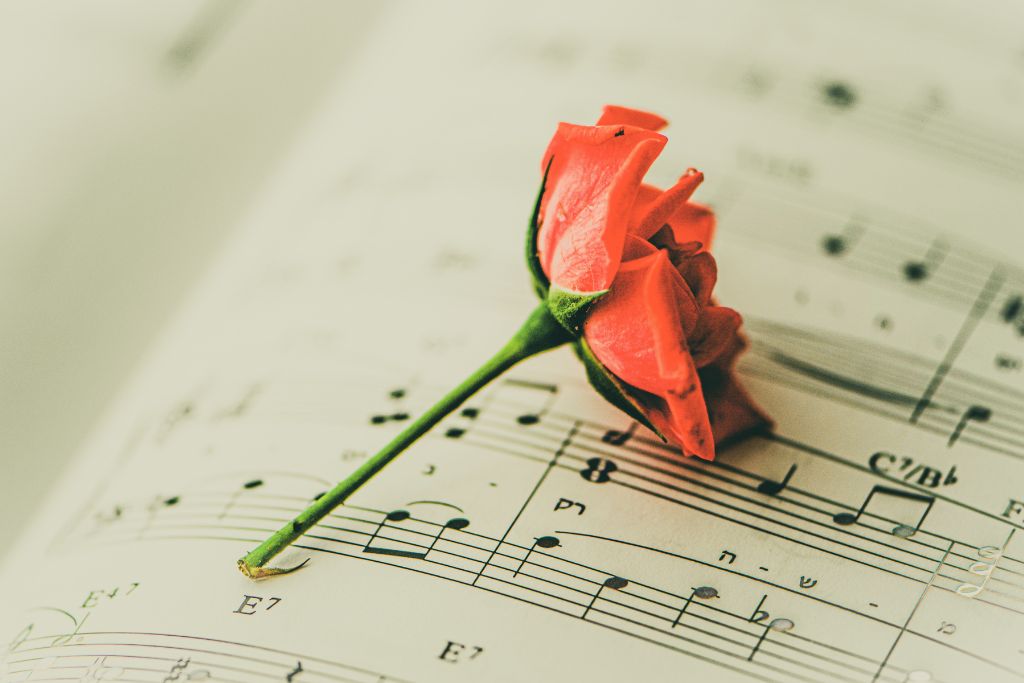
In addition to using figurative language devices, poets can also create intriguing images in their work that stir a reader’s emotions. For instance, roses, hearts, and moons in poetry can symbolize romantic love.
For novel topic ideas, read “Inspiration for Novel Topics.” Explore creativity to spark your imagination. This article gives you writing tips, suggestions, and exercises to explore new territory. Unleash your imagination for intriguing storytelling. Explore new ideas to revitalize your writing.


